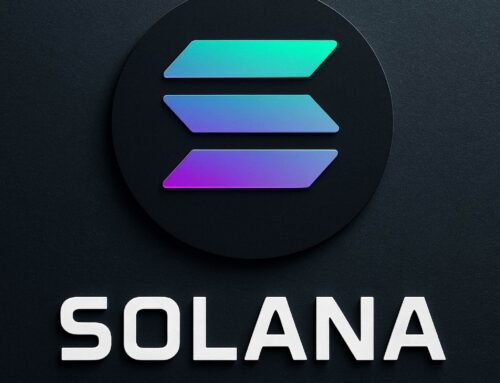Record financial leverage for Ethereum: what does it mean for Bitcoin?
January 3, 2025
Ethereum (ETH) is emerging as the preferred currency, even more than Bitcoin, for traders looking to amplify returns through leverage.
With a record leverage ratio of 0.57, the ETH futures market promises opportunities, but also significant risks. Let’s see all the details in this article.
Summary
In recent years, the cryptocurrency market has seen a growing sophistication of trading strategies. Among these, the use of leverage has established itself as one of the main tools to amplify gains (and losses).
In this context, Ether (ETH), the native token of the blockchain of Ethereum, has recently reached a record leverage ratio of 0.57, positioning itself as the main choice for the more daring traders.
We remind you that the leverage ratio measures the level of risk exposure of traders compared to the capital actually available.
Calculated by dividing the open interest in standard and perpetual futures by the total number of ETH held in exchange wallets, this indicator provides a clear view of leveraged trading activity.
A high value, such as 0.57 for Ether, suggests that traders are taking on significant risks, using relatively small margins to control much larger market positions.
This can generate exceptional profit opportunities, but it also increases the likelihood of forced liquidations in the event of unfavorable market movements.
While Bitcoin (BTC) continues to dominate institutional narratives, Ether stands out for its use by retail and professional traders looking to make the most of market volatility.
At the moment, the leverage ratio of Bitcoin stands at approximately 0.269, significantly lower compared to the all-time high of 0.36 recorded in 2022. This comparison highlights how traders are more willing to bet on ETH compared to BTC.
In any case, a leverage ratio above 0.5 involves considerable risks for the market. When leveraged trading reaches these levels, the possibility of sudden and dramatic price swings increases.
A mass liquidation can trigger a domino effect, leading to even greater volatility.
For example, a trader who uses a leverage of 10:1 can control a position worth $10,000 with a deposit of only $1,000.
However, a negative market variation of 10% would be enough to completely erase the margin, forcing the exchange to liquidate the position.
This type of dynamic is particularly common in bull and bear cryptocurrency markets, known for their unpredictable nature.
Ether offers a robust and diversified ecosystem, thanks to the Ethereum network, which supports decentralized applications (dApp), decentralized finance (DeFi) and non-fungible tokens (NFT).
This versatility has made ETH an attractive option for traders looking to capitalize not only on price swings but also on the investment opportunities offered by the underlying blockchain.
Furthermore, the Ethereum community is highly innovative, constantly introducing technological updates that keep investors’ attention high.
The appeal of Ether, combined with the intensive use of leverage, has created a dynamic and high-risk trading environment.
With a record leverage ratio, it is likely that Ether will continue to show higher volatility compared to Bitcoin in the short term. This could attract an even greater number of speculative traders, but also test the resilience of the market.
In the long term, the success or failure of Ether as an asset for high-leverage trading will depend on the ability of the Ethereum community to maintain investor trust and manage the risks associated with speculation.
In other words, the record leverage ratio of Ether of 0.57 represents a turning point for the bull and bear cryptocurrency market.
While it offers traders unprecedented opportunities, it also raises important questions about market stability and the sustainability of high-leverage trading.
In a continuously evolving ecosystem, Ether confirms itself as a key player, both for traders and long-term investors. The question now is: will the market be able to handle this new wave of risk?
Search
RECENT PRESS RELEASES
Related Post




